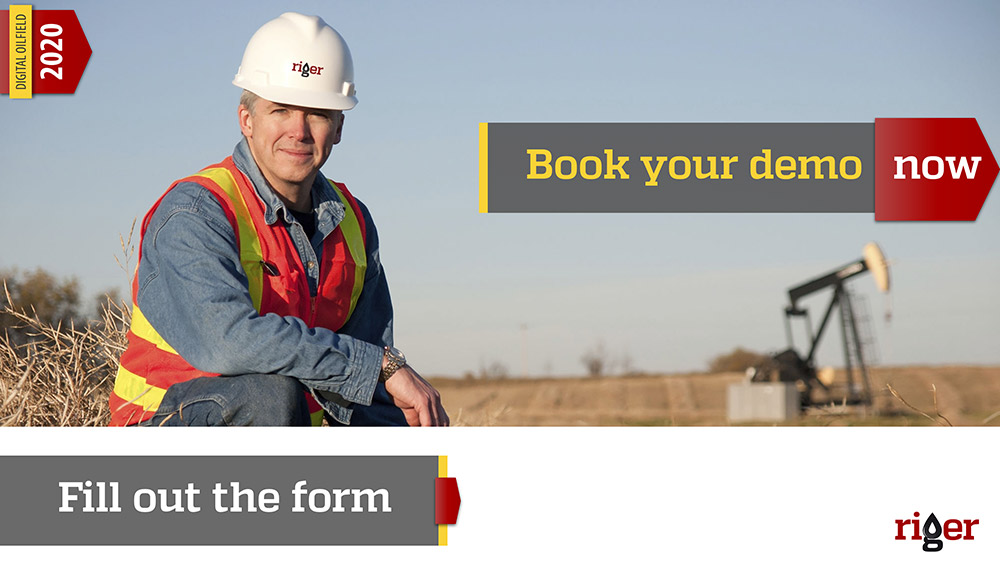There are a few different ways how you can manage and track your
field operations. Every company chooses which one to use depending on its size, types of operations, budget, digital maturity level and others. In this article I would like to overview those productivity tools and discuss a balanced approach to using them together applicable to a modern-day Oilfield Service companies, and other field operations businesses as well. These productivity tools are whiteboards, Excel, and Operations Management System (OMS). I will look at each case separately and then discuss how they could be blended in our productivity routines. So, let’s get started.
Whiteboards
Probably the most popular thing in any office space is a whiteboard. Whiteboards are easy to maintain, you just need an eraser to clean it for the next use. Also, you could use magnets to pin additional information on a piece of paper or card. You could easily personalize whiteboards with hundreds of tiny add-ons you can get from Amazon. So, whiteboards are easy to use, intuitive, allow for any creativity that could be done with few magnet pins and markers, and multipurpose. “Multipurpose” may be the most powerful thing about whiteboards that keeps them around in classrooms, offices, and other workspaces.
From the oilfield operations perspective, whiteboards, for example, are used to keep daily field services, shop repairs, and maintenance schedules amid other processes. This is how things are done in most oilfield service companies, because all information is in front of you, so it is easy to visualize and brainstorm. However, you try to maintain things running that way, any information on the board is not permanent. Sooner or later new space will be required at the cost of old information being erased. And overtime, whiteboards become less of a white and more of different color stains.
Excel
Excel is the great application that could be used for almost any purpose one can think of. With all the functions, macros, VBA, lookups, pivots, power queries, you can build sophisticated solutions for your business processes. However, there are limitations of application cases which depend on complexity of processes, complexity of data and volume of information. In other word if you have sophisticated processes, your data require metadata, and you often require increasing your data storage capacity, then you need to consider another class of solutions than just Excel.
Given all available capabilities, yet I personally consider developing complex asset tracking, logistics, warehouse, shop repairs, and other operational flows as a serious challenge in Excel applications. However, for the sake of fairness, if you run small business, Excel is the great tool to use, and mastering, all Excel functions must be prioritized.


